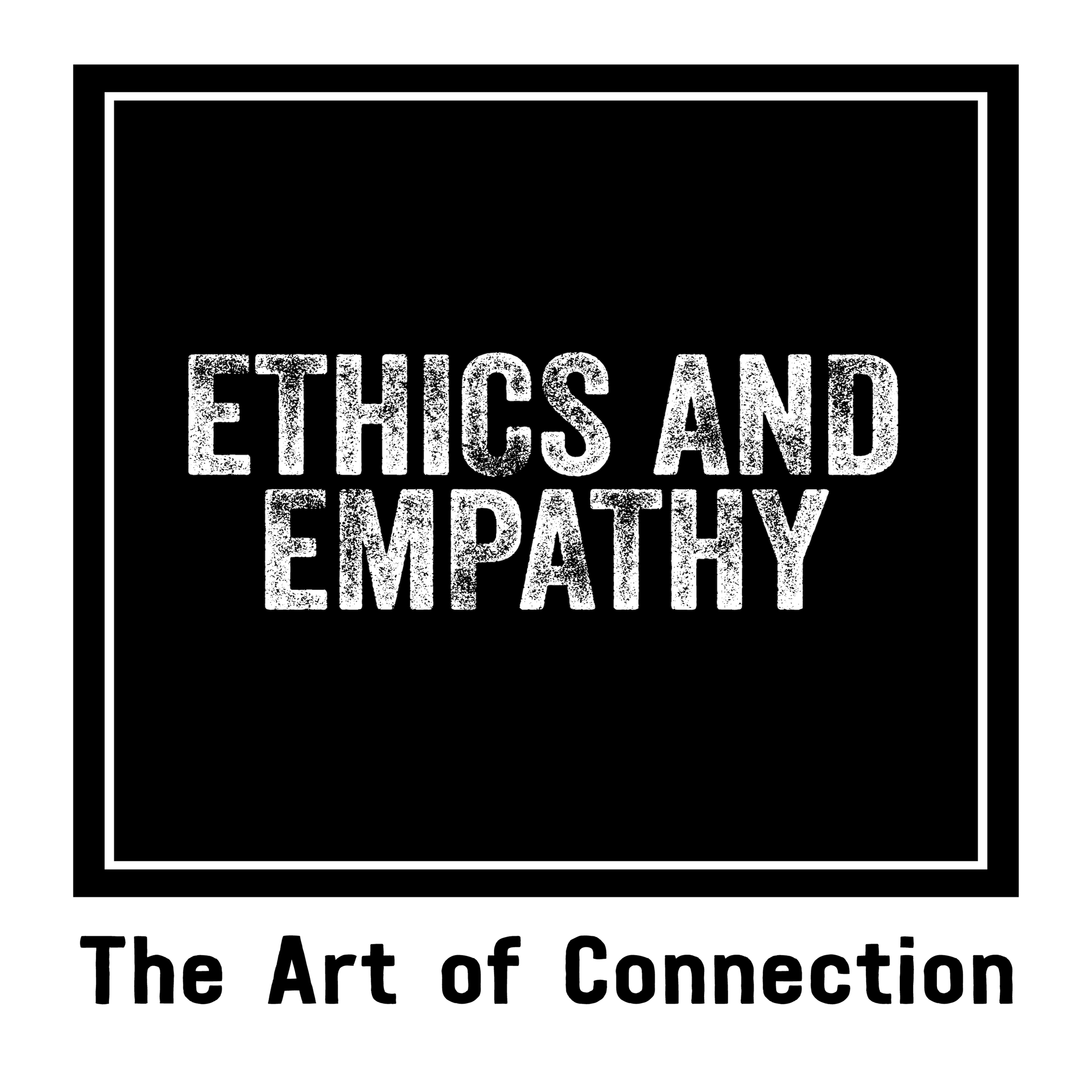Ep1 Race and Pain Treatment

The inaugural episode of Ethics and Empathy will discuss the issue of racial bias and pain treatment. Black patients face unequal and inadequate treatment of their pain. A perspective-taking tool is presented to help increase empathy towards those suffering from pain.
EP1 Resources:
Below I have highlighted three articles that are worth exploring and may be useful in building a foundation of understanding regarding race and pain.
Drwecki, Brian B., Colleen F. Moore, Sandra E. Ward, and Kenneth M. Prkachin. “Reducing Racial Disparities in Pain Treatment: The Role of Empathy and Perspective-Taking.” Pain 152, no. 5 (May 2011): 1001–6. https://doi.org/10.1016/j.pain.2010.12.005.
This study employed a perspective-taking intervention that asked medical students to consider “imagining how your patient feels about his or her pain and how this pain is affecting his or her life. Spend a moment imagining how your patient feels about his or her pain and how this pain is affecting their life.” This simple intervention changed the treatments and leveled pain treatment between all the patients.
Burgess, Diana J. “Are Providers More Likely to Contribute to Healthcare Disparities Under High Levels of Cognitive Load? How Features of the Healthcare Setting May Lead to Biases in Medical Decision Making.” Medical Decision Making 30, no. 2 (March 2010): 246–57. https://doi.org/10.1177/0272989X09341751.
Burgess lays the foundation for understanding the dual process models of social cognition. The first process being the controlled process that requires effort and consciousness to perform. The second process being the automatic process. This process is performed without the need for intent and consciousness. Burgess posits that those clinicians under a heavy cognitive load that is often present in the health care environment can easily fall back to implicit stereotyping, that can negatively impact medical decision-making and furthering distrust and systemic racism present in healthcare.
Hausmann, Leslie R. M., Michael J. Hannon, Denise M. Kresevic, Barbara H. Hanusa, C. Kent Kwoh, and Said A. Ibrahim. “Impact of Perceived Discrimination in Healthcare on Patient-Provider Communication.” Medical Care 49, no. 7 (July 2011): 626–33. https://doi.org/10.1097/MLR.0b013e318215d93c.
The authors identify that African American patients report the large majority of discriminatory experiences as being associated with nonverbal actions. These experiences continue to inform their future interactions with health care providers. As a result, is essential that health care providers consider the possibility that a patient’s current experience may be informed by a past experience. When possible, the provider should inquire about past experiences that could negatively impact the current experience to better understand the needs of the patient. The authors suggest that providers need to be aware of the tone of voice they use and efforts need to be made to stay positive in response to the troubling expressions of those that have experienced racism. The offer role playing, use of imagery and mindfulness training as a way to develop tools that will be useful in difficult situations.
